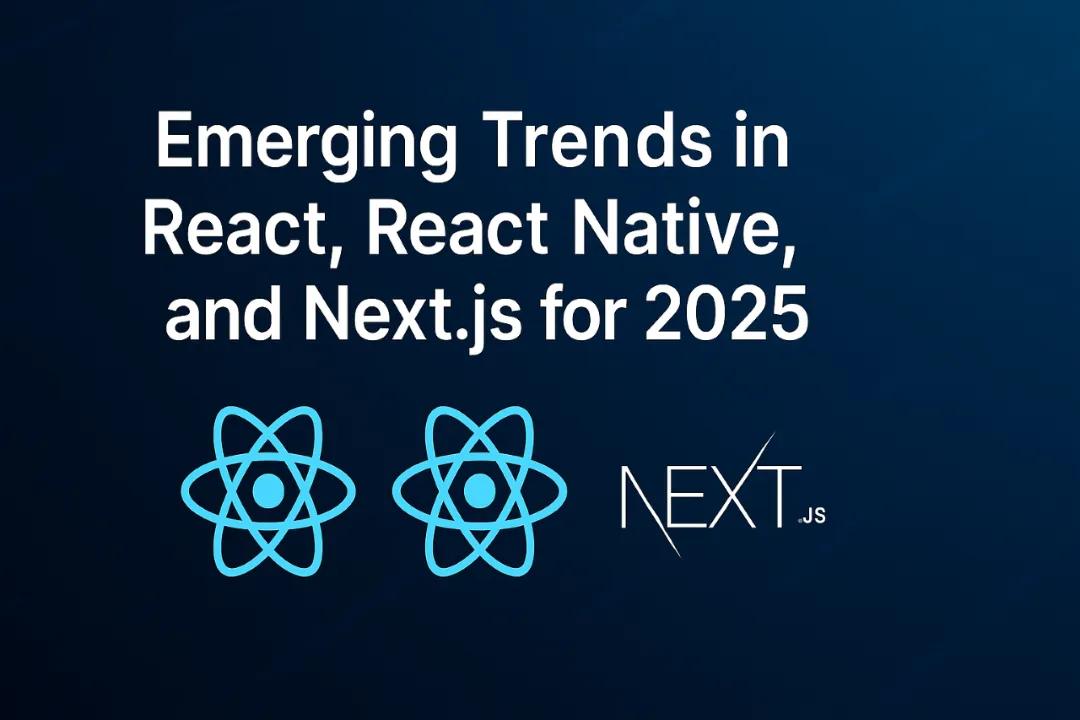Emerging Trends In React, React Native, And Next Js For 2025
Explore the latest advancements in react, react native, and next.js, including concurrent mode, server components, metro bundler 3.0, and ai integration.

0
0
Explore the latest advancements in react, react native, and next.js, including concurrent mode, server components, metro bundler 3.0, and ai integration.
